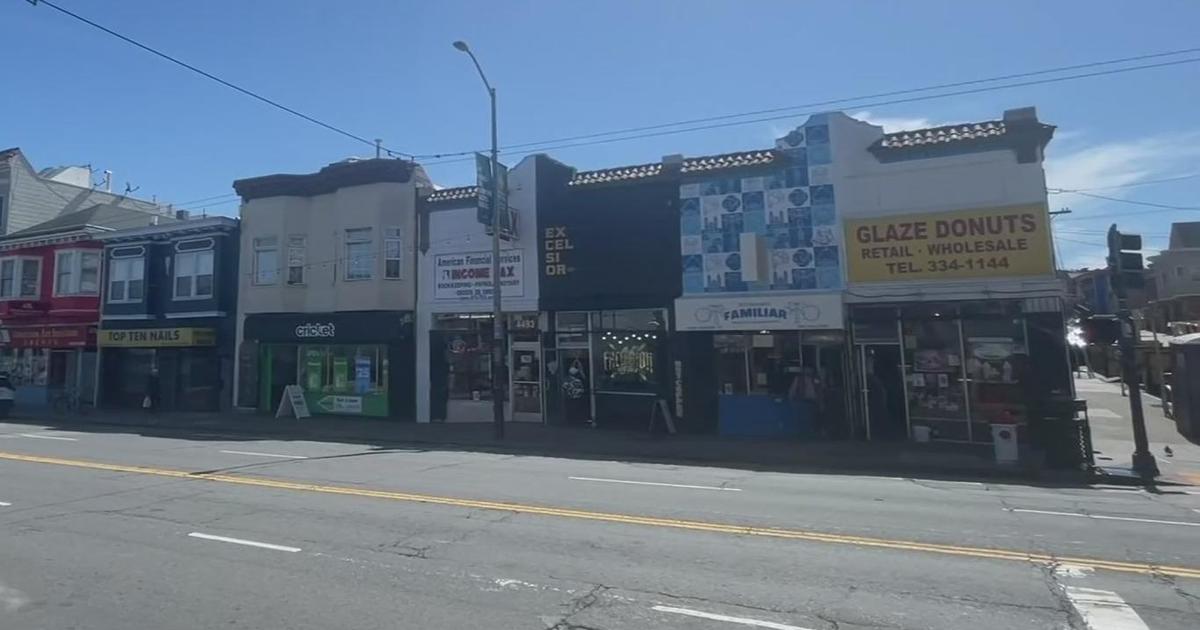Prescription Painkiller Tracking System To Be Mandatory For California Doctors
SAN FRANCISCO (KPIX 5) -- Beginning in July, a new system to track prescription painkillers becomes mandatory for doctors in California.
The program is called "CURES 2.0", to distinguish it from an earlier CURES program, which was voluntary, and doctors complained that it was difficult to use. Backers say it will help prevent patients from getting their hands on too many addictive pain pills, as well as keep doctors from over prescribing those meds.
Dr. Robert Rand was arrested in San Francisco just three weeks ago, on his way home from Hawaii. The Reno family physician faces federal drug conspiracy charges. U.S. Attorney Daniel Bogden described the drug ring as "a major operation."
Bogden says Dr. Rand was writing prescriptions for oxycodone for no legitimate medical reason. The prescriptions were filled and the drugs sold.
Now California has a way to catch patients who get too many pills, such as Norco or Percocet or OxyContin or morphine or Dilaudid. The National Institute on Drug Abuse says skyrocketing use and abuse of these drugs has resulted in the number of unintentional overdose deaths to quadruple since 1999.
Dr. Sameer Awsare points out that, "We were taught as part of our training to treat pain at any cost." The Kaiser-Permanente doctor took part in an overdose prevention conference in Santa Clara County last week. "These medications were designed to be used after surgeries or after accidents or for cancer patients, but all of a sudden we started using them for any kind of pain," Awsare said.
They're highly addictive, and that's led to an increase in patients who "doctor shop." One patient gets different doctors to write multiple prescriptions for the same drugs.
In a few weeks, a new state program designed to prevent that will be mandatory for every doctor in California who prescribes painkillers - "CURES2.0", or Controlled Substance Utalization Review and Evaluation System.
Dr. Josh Kayman, Medical Director at MPI Chemical Dependency Treatment Center, Alta Bates/ Summit Hospital, explains what a doctor can see in the database. "Every prescription that a patient has filled in the last 12 months, if you want. And who the prescriber was. And which pharmacy they went to. And how many pills. And what kind of pills," he said.
Dr. Kayman is among those who say this will cut down on patients who doctor shop, and will reduce the number of doctors who write too many prescriptions for dangerous narcotics. That's because pharmacists are also a part of CURES.
Dr. Kayman says "a pharmacist can call the provider back and say, 'Do you really want to fill this prescription? Because I see that this patient has been going to a lot of different providers," Kayman said. If patients can't get the meds they're addicted to, they might turn to treatment, Kayman said.
"If people are not able to get their opiates and are also getting pressure from their community around them, they hopefully will be seeking more treatment," Kayman said.
Kentucky launched its online drug database four years ago. A study by the University of Kentucky showed a decline in the number of prescriptions for commonly abused medications, a reduction in doctor shopping, and an increase in the number of those seeking treatment for prescription medication addiction.



